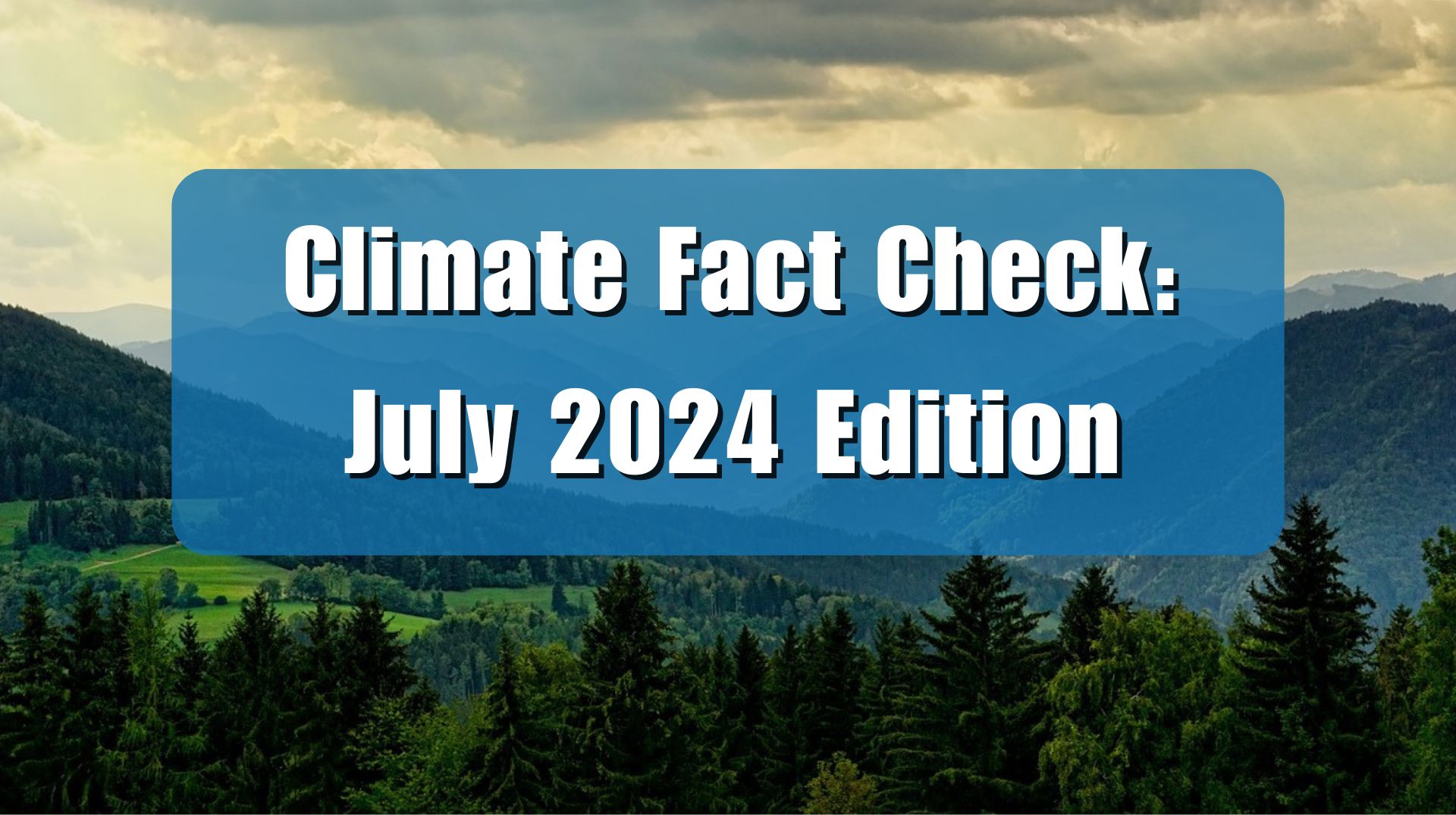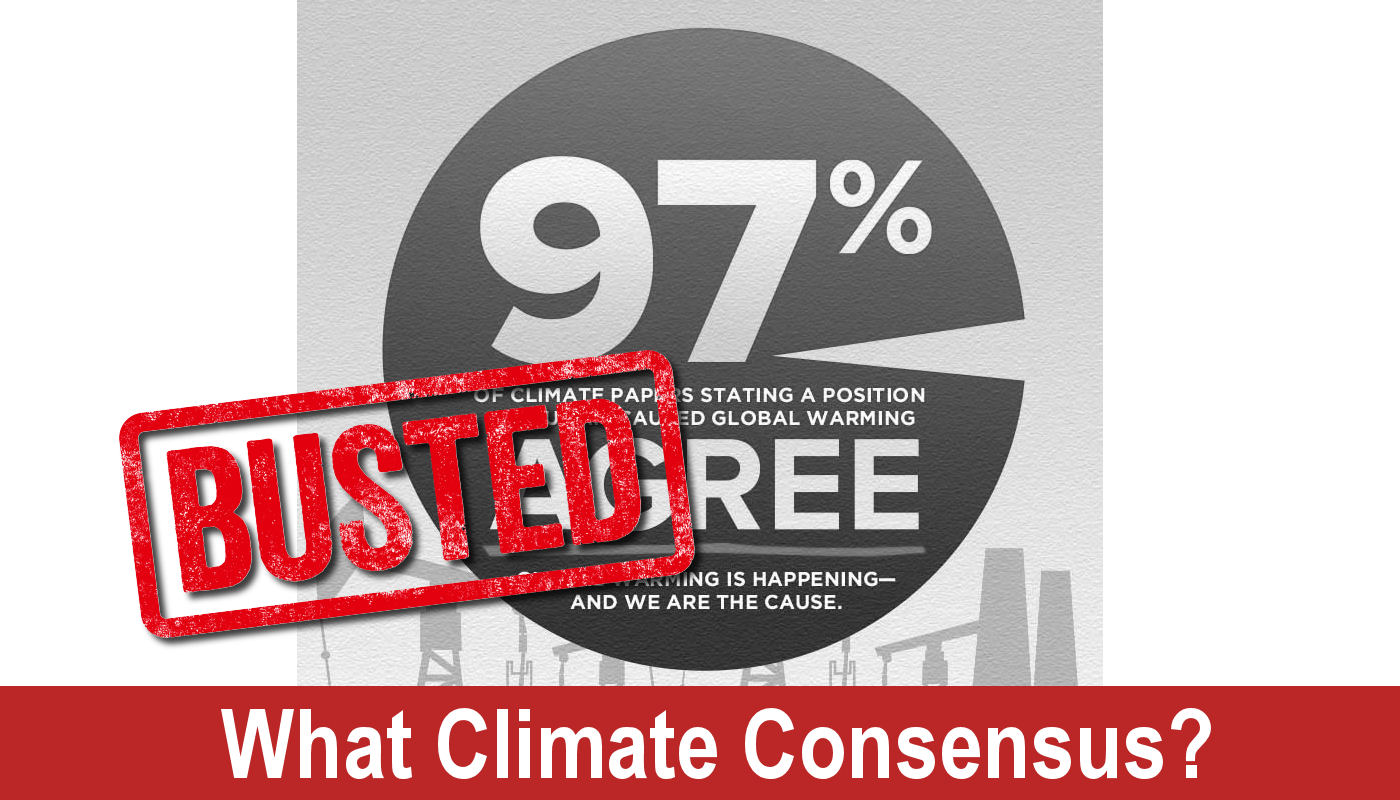Recently, there have been a number of media stories claiming modest global warming has caused more than a third of heat related death around the world between 1991 and 2018.
These stories all reference a single study published in Nature Climate Change to support their claims. This study is purely speculative, based on climate model projections and epidemiological studies that don’t control for significant confounding factors. By contrast, numerous studies show, a modestly warmer world should result in fewer temperature related deaths overall, not more.
The New York Times story, titled “More Than a Third of Heat Deaths Are Tied to Climate Change, Study Says,” is typical of the mainstream media’s uncritical, fawning coverage of the Nature Climate Change study.
“More than a third of heat-related deaths in many parts of the world can be attributed to the extra warming associated with climate change, according to a new study that makes a case for taking strong action to reduce greenhouse gas emissions in order to protect public health,” writes the New York Times. “The sweeping new research, published on Monday in the journal Nature Climate Change, was conducted by 70 researchers using data from major projects in the fields of epidemiology and climate modeling in 43 countries. It found that heat-related deaths in warm seasons were boosted by climate change by an average of 37 percent, in a range of a 20 percent increase to 76 percent.”
Rather than “sweeping” and “new” the study should be referred to a speculative and untested. One of the researchers asked by the Times to comment on the study referred to it as “clever,” which seems apt, but that’s not a compliment.
It is unclear how much of the modest 1℃ warming of the past 150 years is due to human greenhouse gas emissions. As a result, directly attributing any individual heat related death or any percentage of heat related deaths to the portion of the heat supposedly enhanced by human influences is purely speculative at best, and impossible at worst. There is no way to look back and say, “x number of humans would not have succumbed to heat, absent humanity’s unknown influence on 1℃ warming.”
Heat is just one factor that may impact human health, and deaths during hot weather are rarely directly attributable solely to the heat itself. Even in cases of heat stroke resulting in death, there are often other underlying factors. Individual underlying health conditions and lifestyle choices, personal hydration and myriad other factors, factors that are rarely controlled for in epidemiological studies of the type referenced in Nature Climate Change study, are often the most significant forces driving heat related health events. Also it is impossible for climate models to account for the myriad factors that contribute to heat related deaths. Combining weak epidemiological evidence with woefully incomplete climate model projections cannot produce data that should be trusted when attributing deaths to human caused climate change.
If anything, a modest warming of the earth should reduce the number of deaths related to temperatures, because copious research shows far more people die from cold weather related illnesses than hot weather related illnesses.
For example, in an article published in the Southern Medical Journal in 2004, W. R. Keatinge and G. C. Donaldson noted, “Cold-related deaths are far more numerous than heat-related deaths in the United States, Europe, and almost all countries outside the tropics, and almost all of them are due to common illnesses that are increased by cold.”
In 2010, British Broadcasting Channel’s health correspondent Clare Murphy analyzed mortality statistics from the UK’s Office of National Statistics from 1950 through 2007 and found, “For every degree the temperature drops below 18C [64 degrees Fahrenheit], deaths in the UK go up by nearly 1.5 percent.”
U.S. Interior Department analyst Indur Goklany studied official U.S. mortality statistics and found similar results. According to official U.S. mortality statistics, an average of 7,200 Americans die each day during the months of December, January, February, and March, compared to 6,400 each day during the rest of the year.
More recently in a study published in the Lancet in 2015, researchers examined health data from 384 locations in 13 countries, accounting for more than 74 million deaths, and found cold weather, directly or indirectly, killed 1,700 percent more people than warm or hot weather.
“[N]on-optimum ambient temperature is responsible for substantial excess in mortality, with important differences between countries. Although most previous research has focused on heat-related effects, most of the attributable deaths were caused by cold temperatures. Despite the attention given to extreme weather events, most of the effect happened on moderately hot and moderately cold days, especially moderately cold days,” said the study’s authors.
Commenting on the Lancet study in a 2017 New York Times article, author Jane Brody wrote, “[o]ver time, as global temperatures rise, milder winter temperatures are likely to result in fewer cold-related deaths, a benefit that could outweigh a smaller rise in heat-caused mortality.”
Contrary to the fear-mongering assertions of made in the recent Nature Climate Change report and parroted by the New York Times, the wealth of scientific evidence points overwhelmingly to the conclusion it is cold not heat that kills. As a result, a modestly warmer world, with shorter, less severe winters, should produce fewer premature deaths tied to temperatures.

















According to the “Associated Press,” the “Nature Climate Change” article states, “Honolulu had the highest portion of heat deaths attributable to climate change, 82%.” The annual average maximum temperature in Honolulu is 84.2 degrees Fahrenheit. The all-time maximum is 95 degrees Fahrenheit. That recent maximum temperature can be attributed to the heat island effect of rapid concrete high rise construction. Also, maximum temperatures in the Islands occur when the trade winds are blocked by cold fronts, not by global warming.